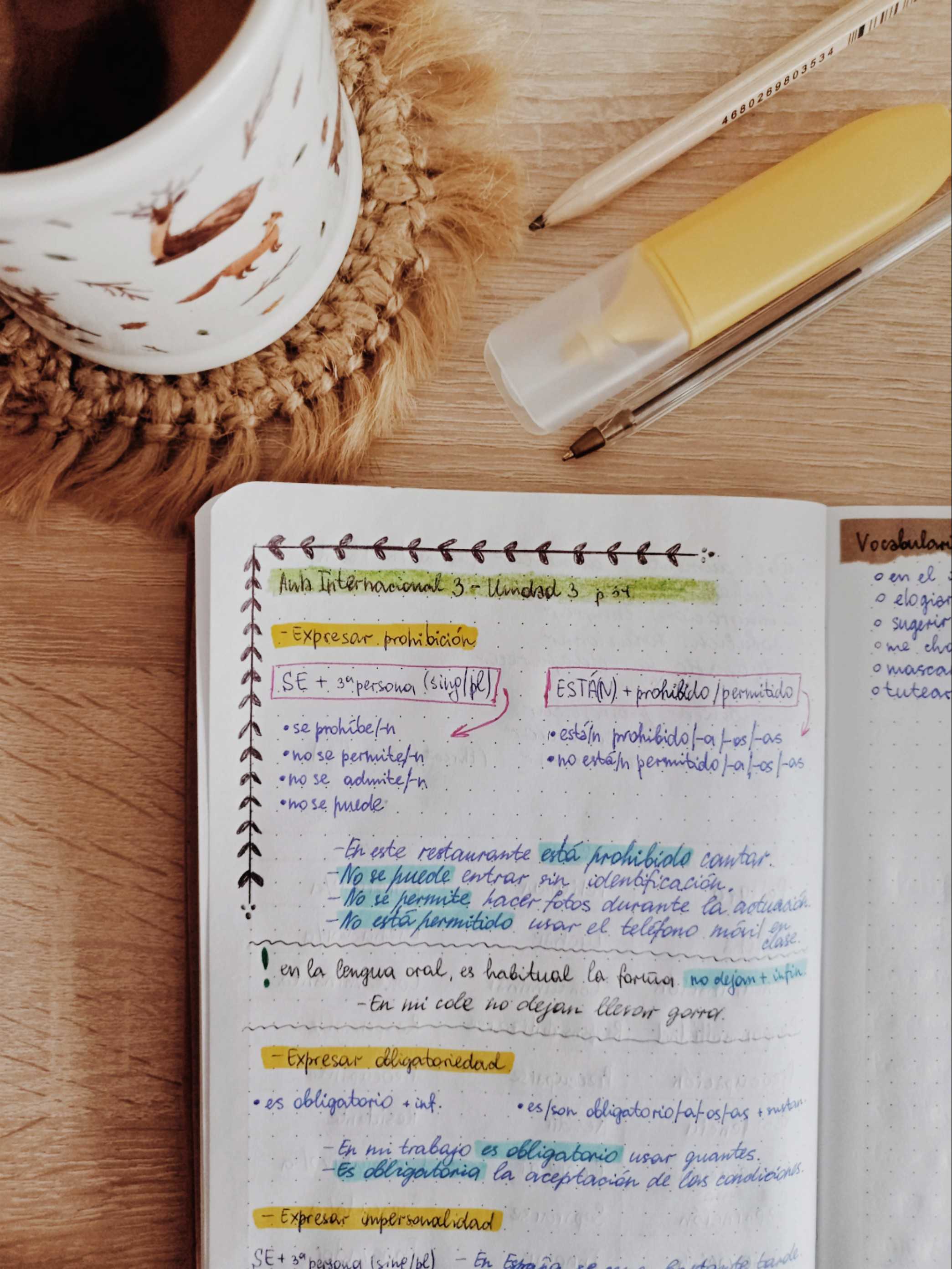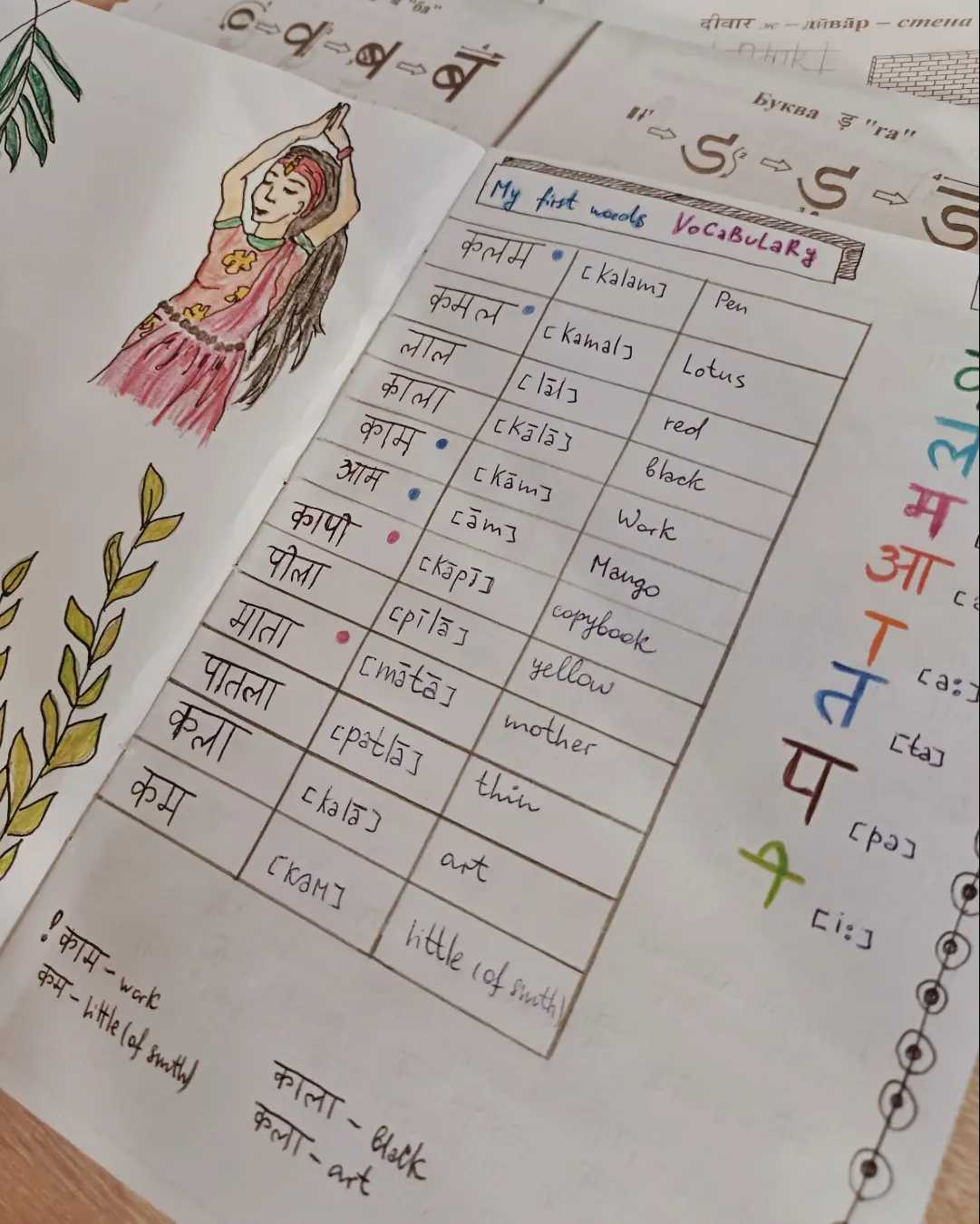Before we dive in, let’s get one thing straight: there are no strict rules when it comes to setting up your language learning notebook or journal. It’s your space! Think about what motivates you, what feels comfortable, and what inspires you to learn. Still, if you’re looking for a little structure and inspiration, here are my 3 favourite steps—and some personal tips too!
How to Organise Your Notebook for Language Learning – 3 Easy Steps!
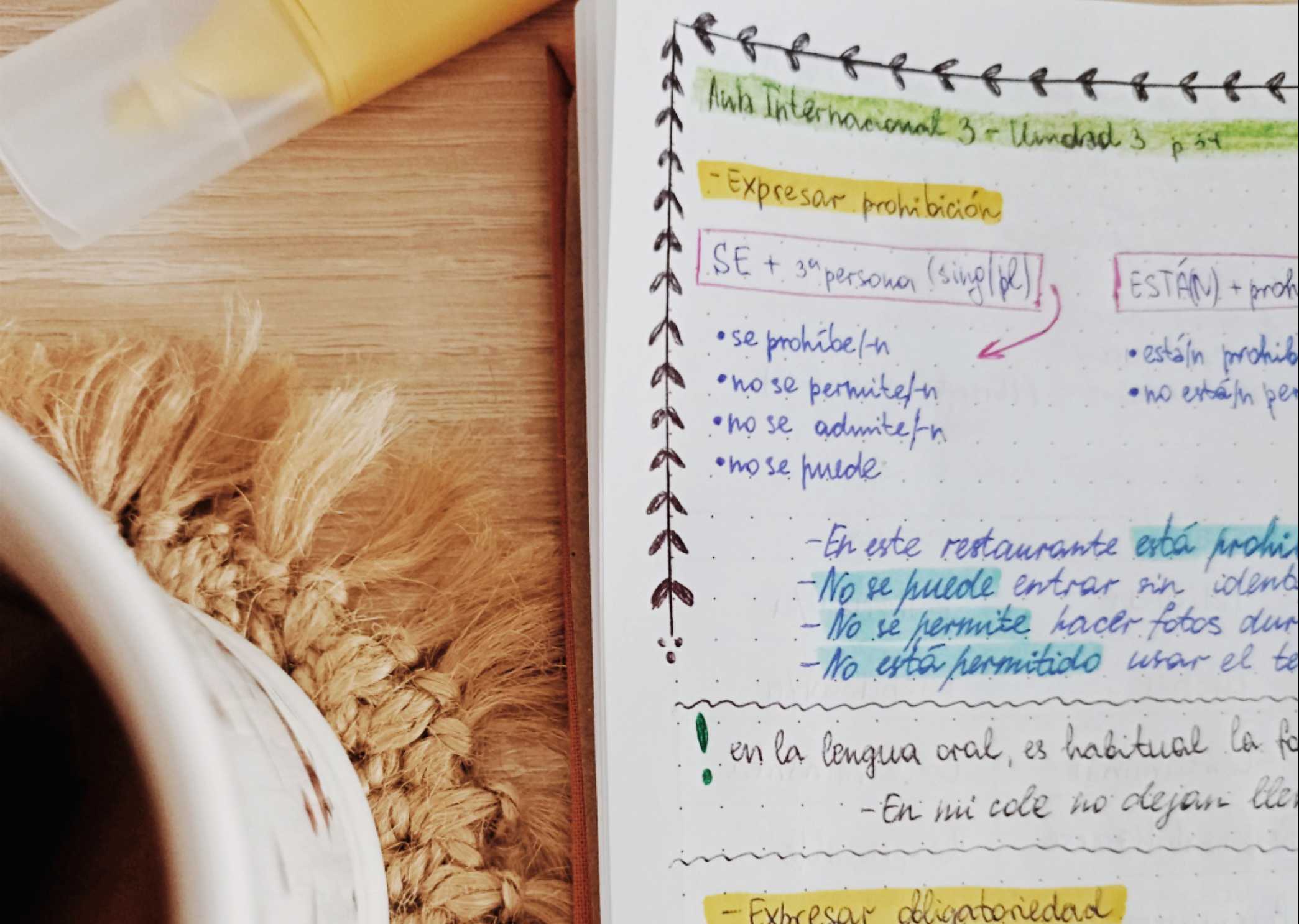
✏️ Step 1: Choose the Right Notebook
First things first—you’ll need to pick your perfect notebook. This might seem like a small thing, but trust me, it’s not! There are lined, blank, dotted, hardback, paperback, soft leather covers… so many beautiful options out there.
First things first—you’ll need to pick your perfect notebook. This might seem like a small thing, but trust me, it’s not! There are lined, blank, dotted, hardback, paperback, soft leather covers… so many beautiful options out there.
🧡 My tip? Dotted or blank pages give you more freedom to organise, sketch, or decorate your notes however you like. I find them the most flexible and visually appealing. But if you love structure and prefer lined pages—go for it! This is your learning space, after all.
View shopPersonally, I don’t struggle with that decision anymore, because I create my own handmade notebooks 😊 You can check out my collection and order the one you fall in love with!
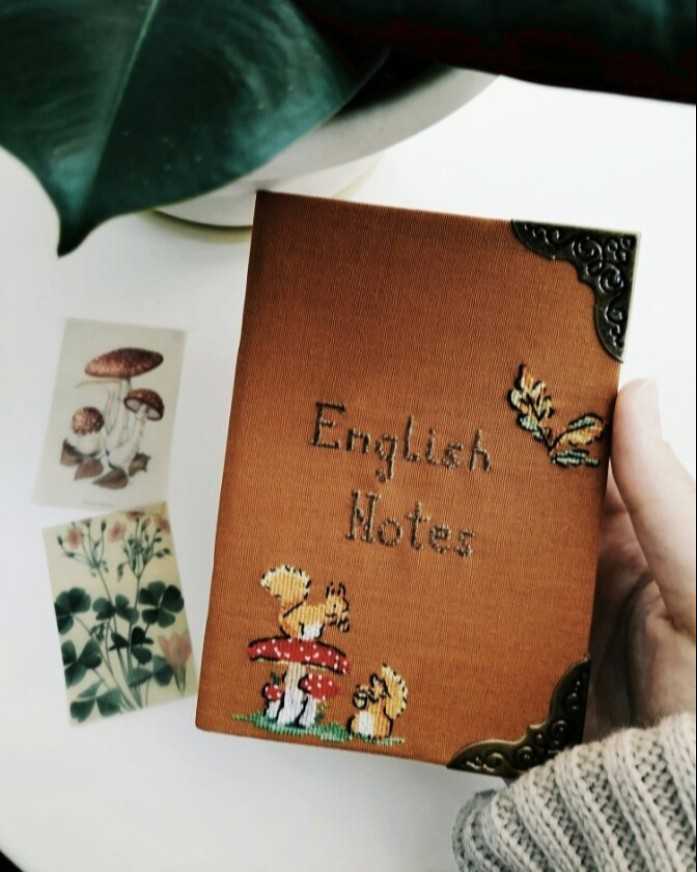
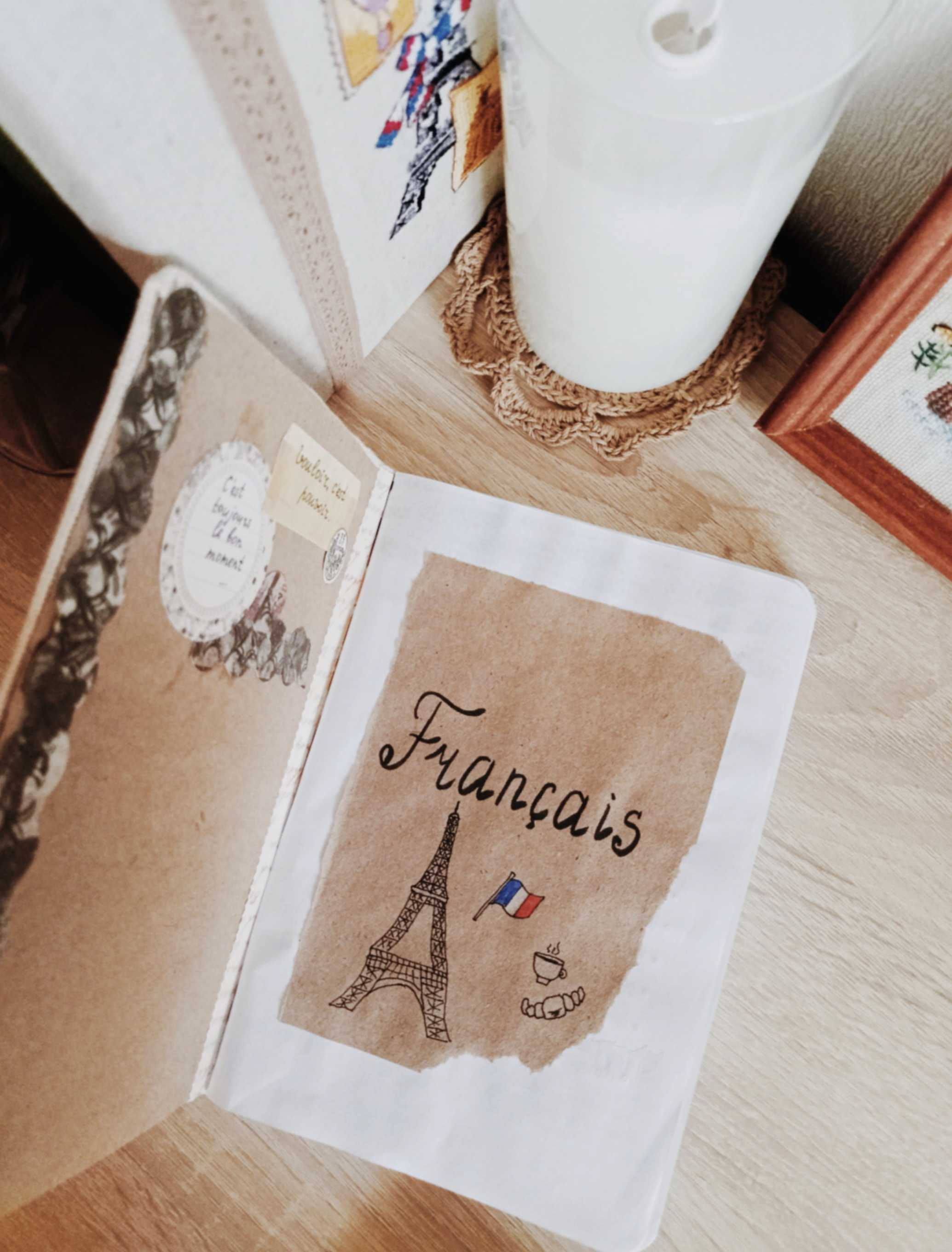
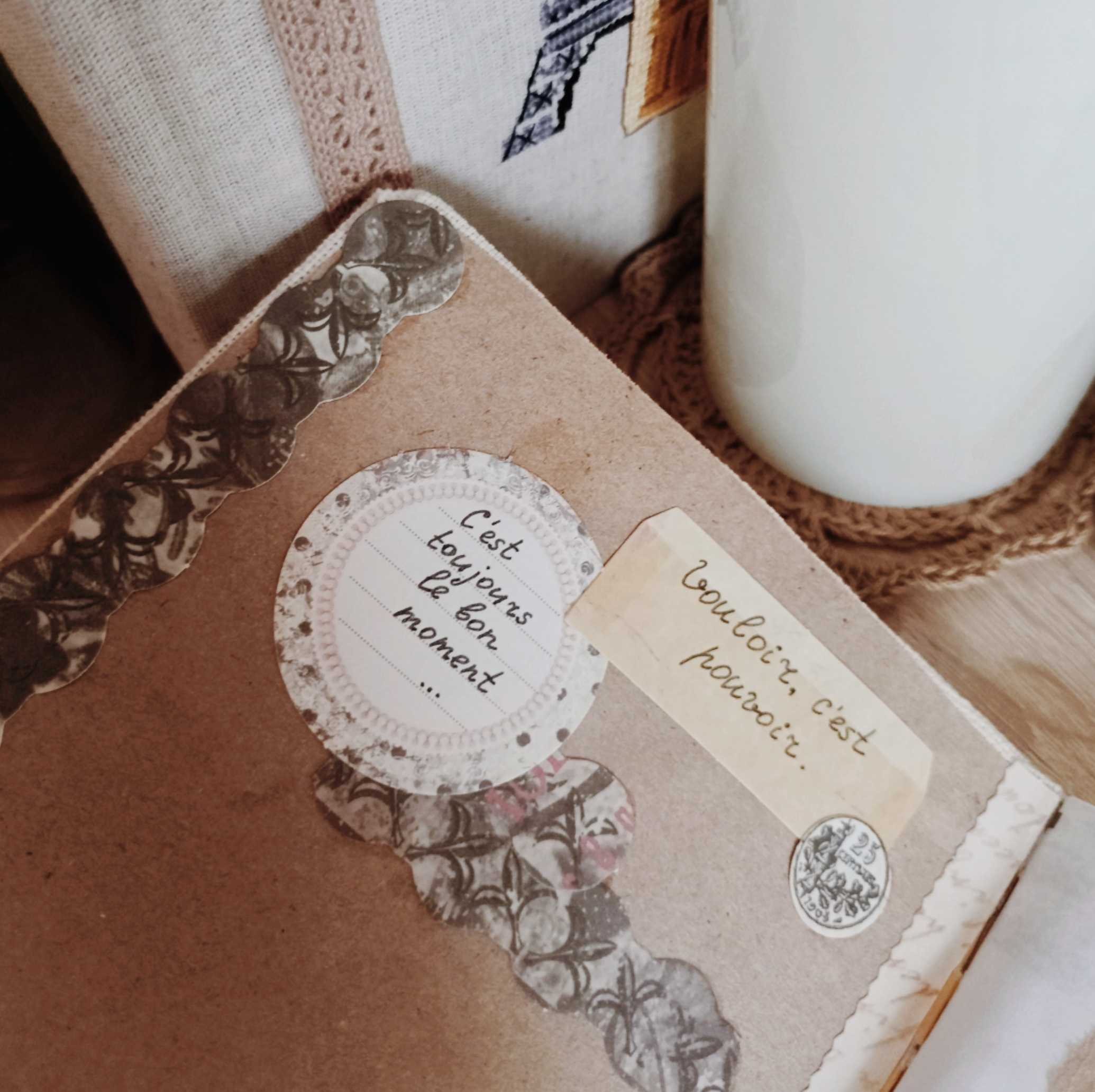
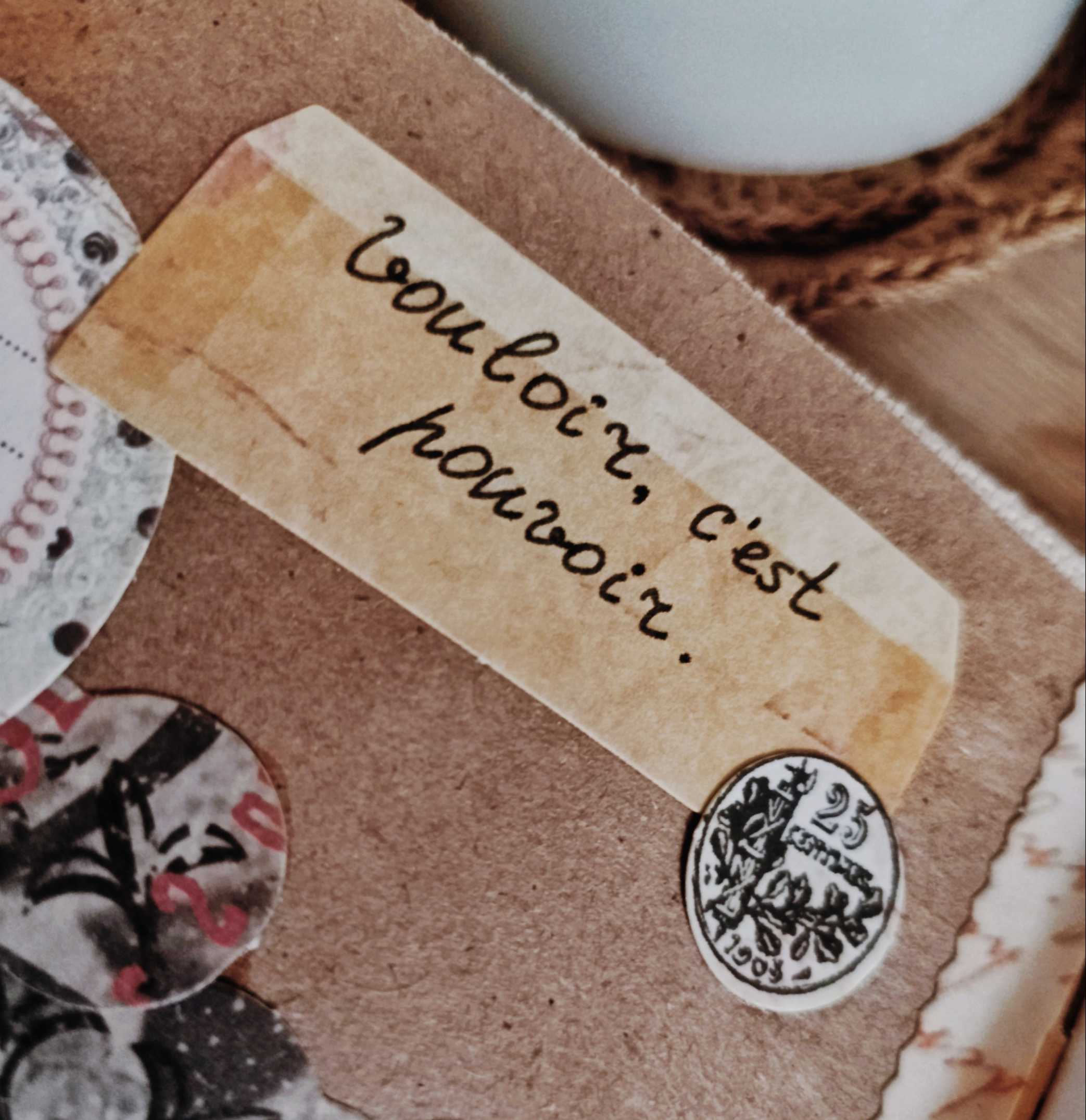
━━━━━━━━━━━━━━━━
LanguageEasy Newsletter
Subscribe to LanguageEasy Newsletter to receive updates, language learning tips and more :)
(❗sometimes e-mails may come to your spam box - be attentive and get a newsletter out of it 😉)
(❗sometimes e-mails may come to your spam box - be attentive and get a newsletter out of it 😉)

